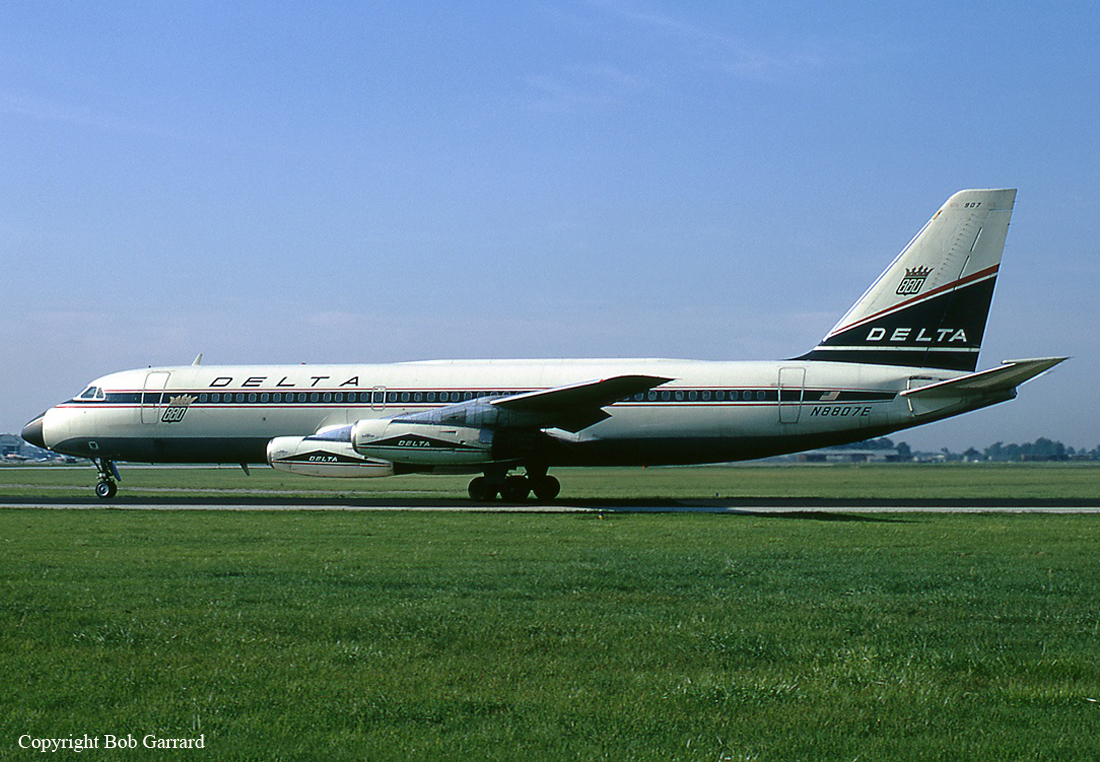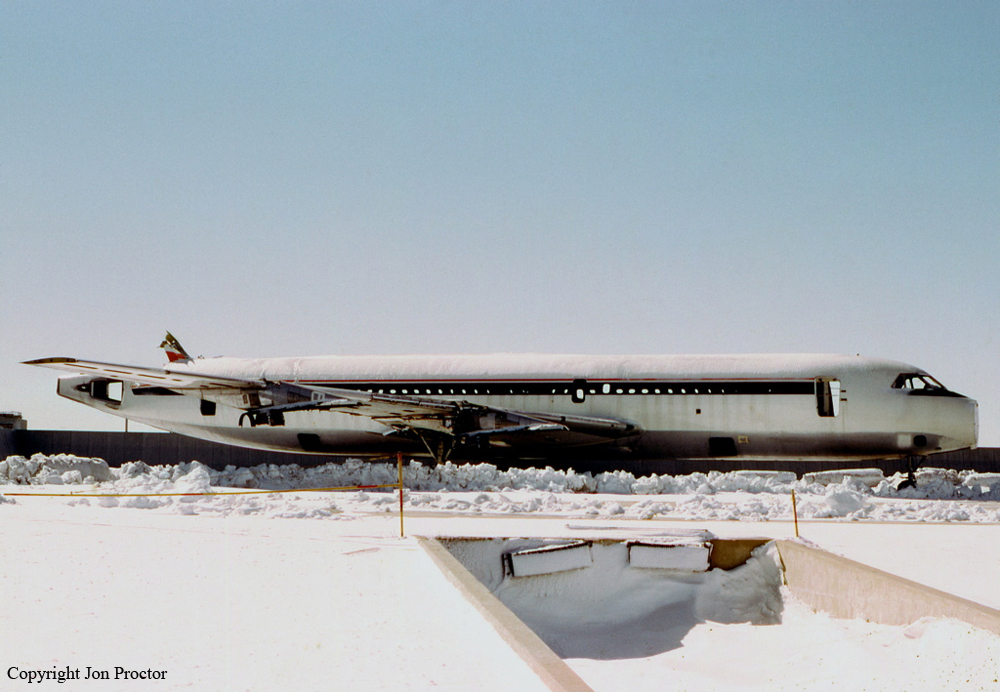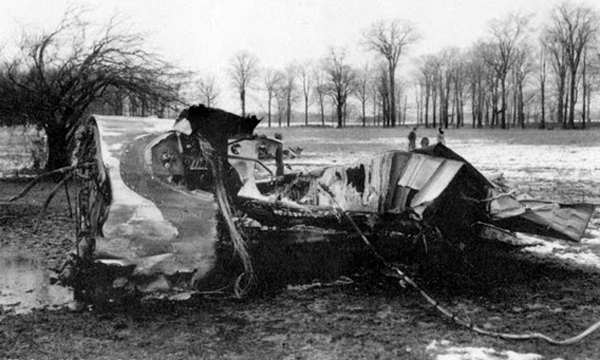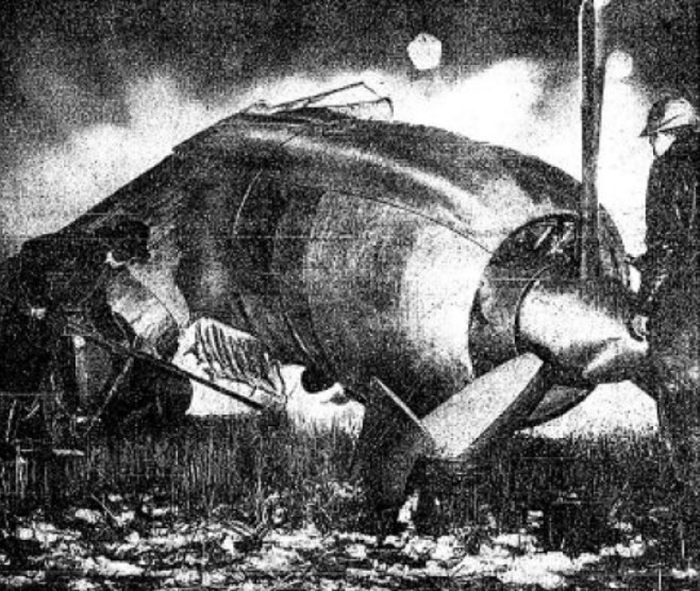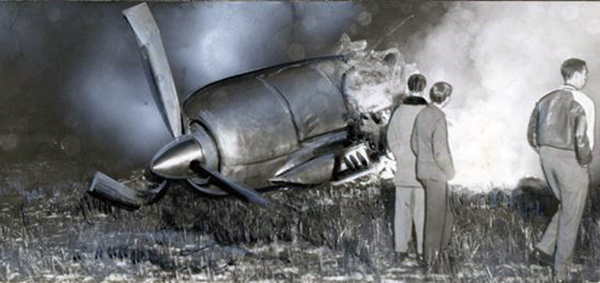Crash of a Beechcraft 65-90 King Air near Leeville: 2 killed
Date & Time:
Dec 22, 1979 at 0135 LT
Registration:
N724N
Survivors:
No
Schedule:
Houston - Tampa
MSN:
LJ-82
YOM:
1966
Crew on board:
1
Crew fatalities:
Pax on board:
1
Pax fatalities:
Other fatalities:
Total fatalities:
2
Circumstances:
While in cruising altitude on a night flight from Houston to Tampa, the pilot encountered poor weather conditions with icing. After the pilot suffered a spatial disorientation, the twin engine airplane entered an uncontrolled descent and partially disintegrated in the air before crashing in a lake located near Leeville. Both occupants were killed.
Probable cause:
Uncontrolled descent and subsequent airframe failure in-flight after the pilot suffered spatial disorientation. The following contributing factors were reported:
- The pilot exceeded designed stress limits of the aircraft,
- Incorrect weather briefing,
- Icing conditions including sleet, freezing rain,
- Flight control surfaces: horizontal stabilizer, attachments,
- Wing spars,
- Overload failure,
- Separation in flight,
- Aircraft came to rest in water.
- The pilot exceeded designed stress limits of the aircraft,
- Incorrect weather briefing,
- Icing conditions including sleet, freezing rain,
- Flight control surfaces: horizontal stabilizer, attachments,
- Wing spars,
- Overload failure,
- Separation in flight,
- Aircraft came to rest in water.
Final Report:





